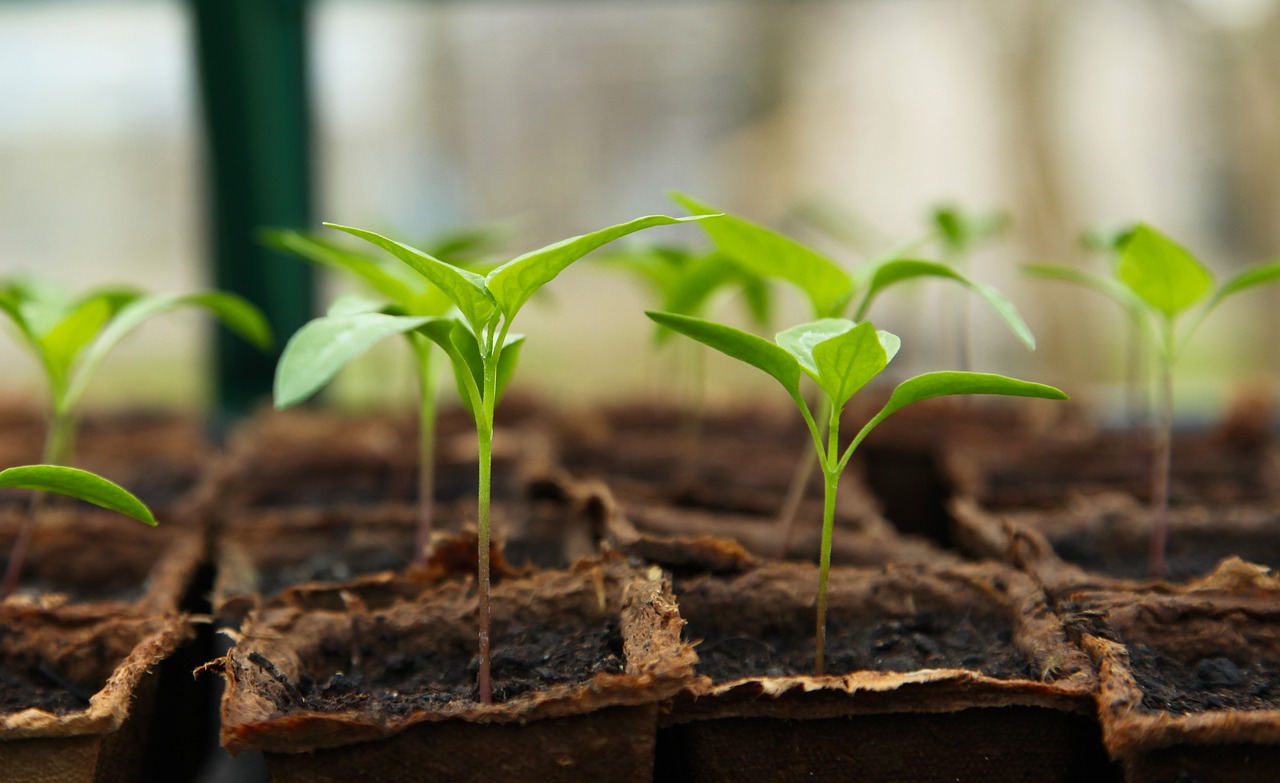
Create Food Resilience at Home: Tips for Growing Food with Limited Space
27 September 2023
Human Initiative – Limited space poses a challenge for urban communities in cultivating crops to improve their families’ food resilience. Nevertheless, many families have begun growing food on restricted land. Summarizing information from various sources, let’s explore the following tips in an effort to ensure a balanced diet, promote urban greenery, and enhance family food resilience.
1. Creating Gardens in Pots (Tabulampot Method)
Among various cultivation methods for limited urban spaces, the Tabulampot Method, which involves growing gardens in pots, can be a suitable approach. Important considerations for this method include proper watering, fertilization, pest and disease control, and pot replacement.
Although this method suggests using planting containers like old paint cans and used gallon jugs, utilizing recycled containers can not only reduce expenses but also support the reuse of plastic waste.
2. Choose the Most Preferred Plants
Once you’ve identified a suitable method, you can select vegetable varieties that are most enjoyed by your family. Typically, families choose to cultivate chili peppers, spinach, mustard greens, water spinach, scallions, and celery as common vegetable options. These plants usually have short growth cycles, ranging from 21 days to two months after planting. After reaching harvest day, you can pick them as needed for household consumption.
3. Pay Attention to the Sowing and Planting Process
Before envisioning the joy of harvesting, it’s essential to focus on the sowing and planting stages. For vegetables like mustard greens, spinach, and water spinach, you can multiply the seeds in polybags and place them in a shaded area. After one month, when the seeds start to sprout, you can transplant them to another planting area. Once the seedlings reach a height of 10 cm, you can transfer them to planting pots.
During this process, be sure to water the new planting medium before transferring the seedlings, taking care not to damage the roots. Transplanting is best done in the evening.
4. Regular Maintenance
To reap a bountiful harvest of the vegetables you’ve grown, it’s crucial to maintain them properly. Maintaining vegetable plants can be straightforward and includes:
checking the plants daily to monitor for pests or diseases. If you encounter them, you can manually remove the pests. In cases of severely wilted plants, remove and uproot them to prevent the spread of disease to other plants.
applying additional organic or mature compost when encountering unproductive plants.
providing stakes once the plants start to grow tall to keep them upright.
regular watering, at least three times a day, while carefully monitoring the moisture levels. Avoid letting the planting medium become too dry or too wet.
Starting today, let’s embrace the spirit of becoming home farmers, dear Initiator Friends. Apart from strengthening household food resilience, this effort also reflects the hard work of Indonesian farmers. Join us in enriching your goodness through Human Initiative’s empowerment program for Indonesian farmers at www.solusipeduli.org.
References:
http://www.cybex.pertanian.go.id/mobile/artikel/91326/BUDIDAYA-SAYURAN-DALAM-POLYBAG-/
Image: Pixabay, jag2020
